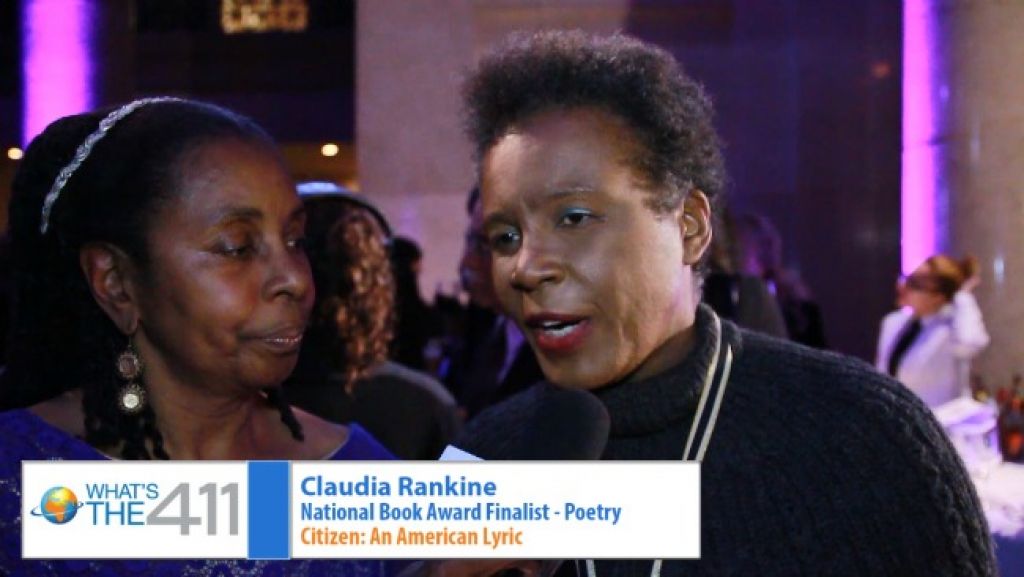

Yet this time, Rankine might seem less obviously in step with a newly zealous discourse on race. Her new work, Just Us: An American Conversation, extends those investigations. Rankine also began exploring the ways in which whiteness conceals itself behind the facade of an unraced universal identity. The fellowship helped fund an “interdisciplinary cultural laboratory,” which she christened the Racial Imaginary Institute, where scholars, artists, and activists have been expanding on the work of the anthology. In 2016, she joined Yale’s African American–studies and English departments and was awarded a MacArthur genius grant. DuBois’s “Strivings of the Negro People”Ī lot has happened since 2014, for both the nation and Rankine. If Citizen seemed uncannily well timed, that was because our politics had finally caught up with Rankine.įrom the August 1897 issue: W. The project, which she collaborated on with the writer Beth Loffreda, culminated in the 2015 anthology The Racial Imaginary. Meanwhile, starting in 2011, she had been inviting writers to reflect on how assumptions and beliefs about race circumscribe people’s imaginations and support racial hierarchies. Rankine’s experimental poetics drew from first-person reportage, visual art, photography, television, and various literary genres, modeling fragmented Black personhood under the daily pressure of white supremacy. Du Bois’s century-old question: How does it feel to be a problem? In answering that question, she deployed the same kaleidoscopic aesthetic on display in her earlier books, most notably 2004’s Don’t Let Me Be Lonely.

Citizen was the result of a decade she had spent probing W. Rankine’s catalog of quotidian insults, snubs, and misperceptions dovetailed with the emergence of microaggression as a term for the everyday psychic stress inflicted on marginalized people. How, Rankine asked, can Black citizens claim the expressive “I” of lyric poetry when a systemically racist state looks upon a Black person and sees, at best, a walking symbol of its greatest fears and, at worst, nothing at all? The book’s cover, a picture of David Hammons’s 1993 sculpture In the Hood, depicted a hood shorn from its sweatshirt-an image that evoked the 2012 murder of Trayvon Martin. The book-length poem-the only such work to be a best seller on the New York Times nonfiction list-was in tune with the Black Lives Matter movement, which was then gathering momentum. Louis County grand jury decided not to charge Darren Wilson for Michael Brown’s murder, critics hailed it as a work very much of its moment. W hen Claudia Rankine’s Citizen: An American Lyric arrived in the fall of 2014, shortly before a St.


 0 kommentar(er)
0 kommentar(er)
